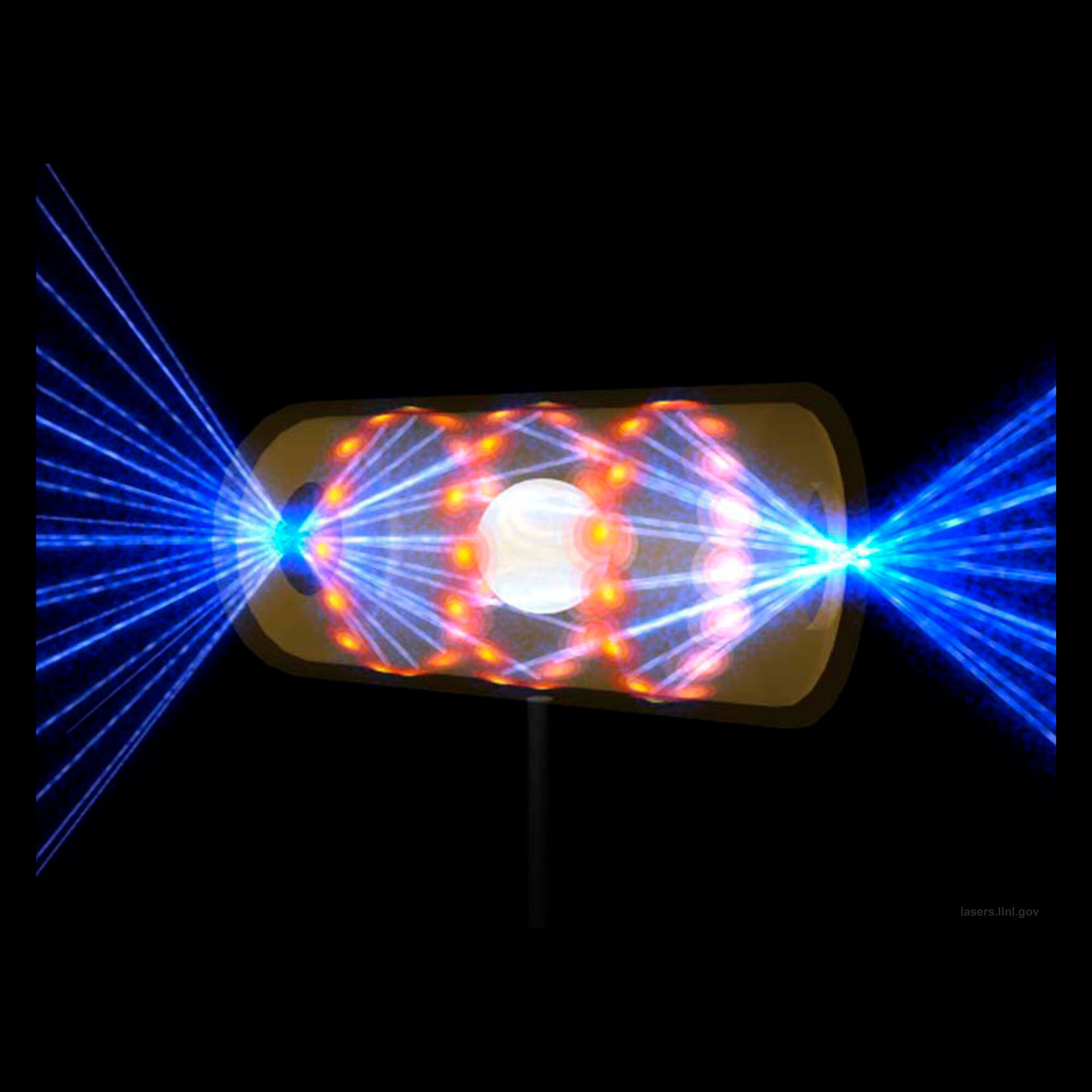One of the limitations of Direct Air Capture (DAC) of carbon dioxide removal from, for example, the lower atmosphere – where, as we know, is currently at a density of nearly 420 parts per million (roughly 50% more concentrated or dense than it was when the Industrial Revolution first came into being in 1750 – it was 280 parts per million or thereabouts at that time) on average – is economic costs associated with the process of extracting atmospheric CO2 can sometimes run high. Another is that the energy released as a result of the process can be lower than the amount of energy of that of the enabling process. And, a third is that when pulling CO2 out of the lower atmosphere, depending on how the process to do the above is facilitated (is it done renewably or is it done using fossil coal, fossil oil or fossil gas?), more pollution can be emitted into the atmosphere.
As to the first notion, in a DAC system, there are costs involved. Pulling CO2 out of the lower atmosphere costs money. It is currently not happening free of cost. There are costs associated with equipment that is capable of removing lower-atmosphere CO2. There are costs connected with the process of removing the airborne carbon dioxide itself. It is my understanding that in order for the latter to be economically viable, that process must be at a ceiling of no more than $100.00 per extracted-CO2 ton.
On the second point, the process involved in separating the carbon dioxide from the air, well, it’s an involved one. There is what is known as sorbent material. In order for this chemical sorbent material (it can either be in solid or liquid form) to work properly it must be heated. When heated to the required temperature (it is different for the two different types of sorbent materials), that’s when the sorbent (contained inside a chamber, of course) does its thing separating out the pure CO2 gas from the oxygen. That part involved in heating requires energy. This energy can be generated responsibly, renewably, sustainably and, theoretically, profitably.
And in regard to the third consideration, if carbon dioxide extraction from the lower atmosphere can be done both environmentally soundly and responsibly where fewer or no pollutants are emitted into the air compared to what is being removed, especially at scale, then this makes Direct Air Capture not only a workable method in terms of it helping us reach our climate goals of keeping average temperature of the air at the earth’s surface to less than 2 degrees Celsius (preferably to no higher than 1.5 degrees C) by the end of the 21st century, but it would also make this capability a justifiable one.
And, this is where the energy generating platform of nuclear fusion comes into the picture.
So, I now refer to the press release* that was published on the ScienceBlog.com site on Dec. 14, 2022 having solely to do with nuclear fusion. Below is just some of what was contained in that release.
“On December 5, [2022] a team at LLNL’s [Lawrence Livermore National Laboratory] National Ignition Facility (NIF) conducted the first controlled fusion experiment in history to reach this milestone, also known as scientific energy breakeven, meaning it produced more energy from fusion, than the laser energy used to drive it. This historic, first-of-its kind achievement will provide unprecedented capability to support NASA’s Stockpile Stewardship Program and will provide invaluable insights into the prospects of clean fusion energy, which would be a game-changer for efforts to achieve President Biden’s goal of a net-zero carbon economy.”
After quite a number of expressed accolades on the parts of many interested authorities and government officials who provided comment, effectively extolling the promises and virtues of this truly extraordinary, revolutionary and evolutionary scientific capability as well as for the people responsible for the scientific breakthrough, the U.S. Department of Energy went on in the release to state, “LLNL’s experiment surpassed the fusion threshold by delivering 2.05 megajoules (MJ) of energy to the target resulting in 3.15 MJ of fusion energy output, demonstrating for the first time a most fundamental science basis for inertial fusion energy (IFE). Many advanced science and technology developments are still needed to achieve simple, affordable IFE to power homes and businesses, and DOE is currently restarting a broad-based, coordinated IFE program in the United States. Combined with private-sector investment, there is a lot of momentum to drive rapid progress toward fusion commercialization.
